A Recreation of the Outrageous 1968 Marcos Mantis XP Prototype Set To Conquer Le Mans, But Didn’t…
This one-off recreation of the only Mantis XP in existence is now for sale at Speed8 Classics in Belgium.

“What could have been…” is a remark often heard when talking about cancelled racing programs, failed prototypes or one-hit wonders. In the world of motorsports, there have been plenty of examples of this. Cars that raced just once, never managed to move beyond the development stage, or existed only in rumours, even. Think of the wild Ferrari F50 GT, or the Koenigsegg CCGT. One such machine that has always amazed me, but is perhaps little known, is the unconventional Marcos Mantis XP. This experimental racing prototype was destined for Le Mans greatness, but through a series of unfortunate events, it didn’t. Marcos only built one, although a second Mantis XP does exist. This is the story of an ill-fated racing prototype, and an almost one-to-one recreation of the original!
To make one thing clear from the get-go, the Marcos Mantis XP you see here is not the original one. The prototype Mantis XP resides in the US, while this recreation was built shortly after the original was completed. It used as many original parts as possible back then, with a few changes and upgrades where necessary (more on that later). And as the original Marcos Mantis XP is in private hands as far as is known today, this recreation is literally your only chance of owning such an obscure yet fascinating piece of racing history!
Marcos and Le Mans
The 24 Hours of Le Mans is the source for countless super-interesting and unexpected stories. Among those is Marcos, the originally Welsh engineering firm and sports car manufacturer founded in 1959 by Jem Marsh and Frank Costin (the Mar and Cos in Marcos). The name Costin should ring a bell, as Frank is the brother of Mike Costin, of Cosworth fame. Marcos initially focused on lightweight race cars with stressed plywood chassis and small-capacity engines. The most well-known design is the Marcos 1800 GT, which would be the blueprint for many cars to come after its introduction in 1964. Another noteworthy and rather successful car was the Mini Marcos, a very compact and odd-looking front-wheel-drive racing car.
When it comes to Le Mans, Marcos made its debut in 1962 with a race-prepped GT Gullwing. The team failed to make an impact, as it retired from the race after 80 laps with an oil pipe issue. A couple of years later, a French racing team entered with a Mini Marcos, the only British car on the grid that year. And while the other teams and the spectators raised their eyebrows at the little machine, it did finish the race, albeit in 15th and last (see the video above). Nevertheless, it proved it could overcome a challenge as big as Le Mans! The following year, Marcos entered with a factory-backed Mini Marcos, and clocked a top speed down the Mulsanne straight of 141mph, or 227kph. Mind you, in a car as small as a Mini Cooper, a kerb weight of just 476 kilos, and a 1.3-litre straight-four engine producing about 100 horsepower.
And then there’s the wild Mantis XP prototype…
The Mantis XP project & Marcos’ demise
Aimed at Group 6 endurance racing, the idea of the Marcos Mantis XP was to rival cars like the Ford GT40 and Ferrari 250s, which dominated Le Mans in the years before. Quite the tall order for such a small British company, but it looked like Marcos got several key ingredients right. While the car you see here is a recreation and not the original Mantis XP, the exterior is identical. It’s underneath where the two differ, but I will come to that.
Designed by brothers Dennis and Peter Adams, who joined the company in 1961, the Mantis XP was built upon a stressed plywood monocoque chassis, as many Marcos cars did before it. But that’s not even the most surprising thing about this machine. The Mantis XP was built in 1968 as a prototype race car for endurance events. The car stands just 92 cm tall, which is incredibly low. To put that into perspective, that’s 10cm (or about 4 inches) lower than the Ford GT40 it was aimed to compete with (the GT40 stands 40 inches, or 1.02m tall, hence the name). Made of fibreglass and perspex, the body is full of angles and cuts. The nose is especially striking, with an integrated front spoiler, a distinct crease down the centre and large ducts to guide air over the car.
The perspex canopy reveals an incredibly tight cabin, and I can imagine taller drivers having a genuine issue getting in and out, let alone racing it at speeds! As regulations in endurance racing dictated back then, the Mantis XP has a passenger seat, but it is actually smaller than the driver’s seat. The doors are not much more than a sheet of perspex that hinges on rather thin A-pillars. Visibility is amazing, no doubt, but I fear the roof offers little protection in the case of a severe crash. Not that it kept drivers from hitting breakneck speeds, though…
Further down the side, large air intakes feed air into the side-mounted radiators. The Mantis XP also has two fuel tanks with separate fuel fillers. Originally, it was fitted with a 3.0-litre Repco-Brabham V8, but that was quickly replaced with a Buick V8. There’s no word on power or performance, but given the car’s low weight and very aerodynamic shape, it looked very promising on paper! Sadly, it never got a chance to reveal its true potential. Marcos wanted to enter the 1968 24 Hours of Le Mans, which was unfortunately postponed for months due to student riots in Paris. So in fact, the Mantis XP never even set foot on the holy grounds of the Circuit de la Sarthe. Instead, its only official race was the 1,000km of Spa Francorchamps that same year, which faced torrential rain. In the early stages of the race, a wet alternator caused misfires for the engines, with the team retiring the car to preserve the costly engine.
Where this recreation differs from the original is in its chassis, which is a tubular aluminium one. The body is virtually identical, but it does come with a nose life to get it over speed bumps. And to answer your question, yes, this thing is actually road legal! Speed8 Classics, who has it for sale, states that the car comes with a 289 cubic inch (4.7 litres) Ford V8, even though the valve covers read “Repco-Brabham”.
Speed 8 Classics
Based in Malle, Belgium, Speed8 Classics is a historic and collector car specialist that tries to find the rare and unusual. Speed8 Classics is founded and run by Koen Heuts, whose love for cars sparked at a very young age. Witnessing the madness of Group B rallying, earning some extra allowance as a schoolboy by selling car brochures and eventually buying his first car at the age of 13 (thirteen!), it would be an understatement to say Koen has a ‘thing’ for cars.
Speed8’s current catalogue, which can vary day by day, of course, consists of the obligatory Porsches, Ferraris and Jaguars, but also some rather unexpected cars such as the Marcos. He’s also listing a race-prepped Bizzarini 5300GT, an original Lancia 037 Group B prototype rally car, and a stunning one-of-six Maserati A6GCS. If you’re ever in the neighbourhood, it’s definitely a place to check out!
For more information, please visit Speed8Classics.com.
Editorial Note: The information used and images portrayed in this article are sourced from and used with permission of Koen Heuts and Speed8 Classics unless stated otherwise.






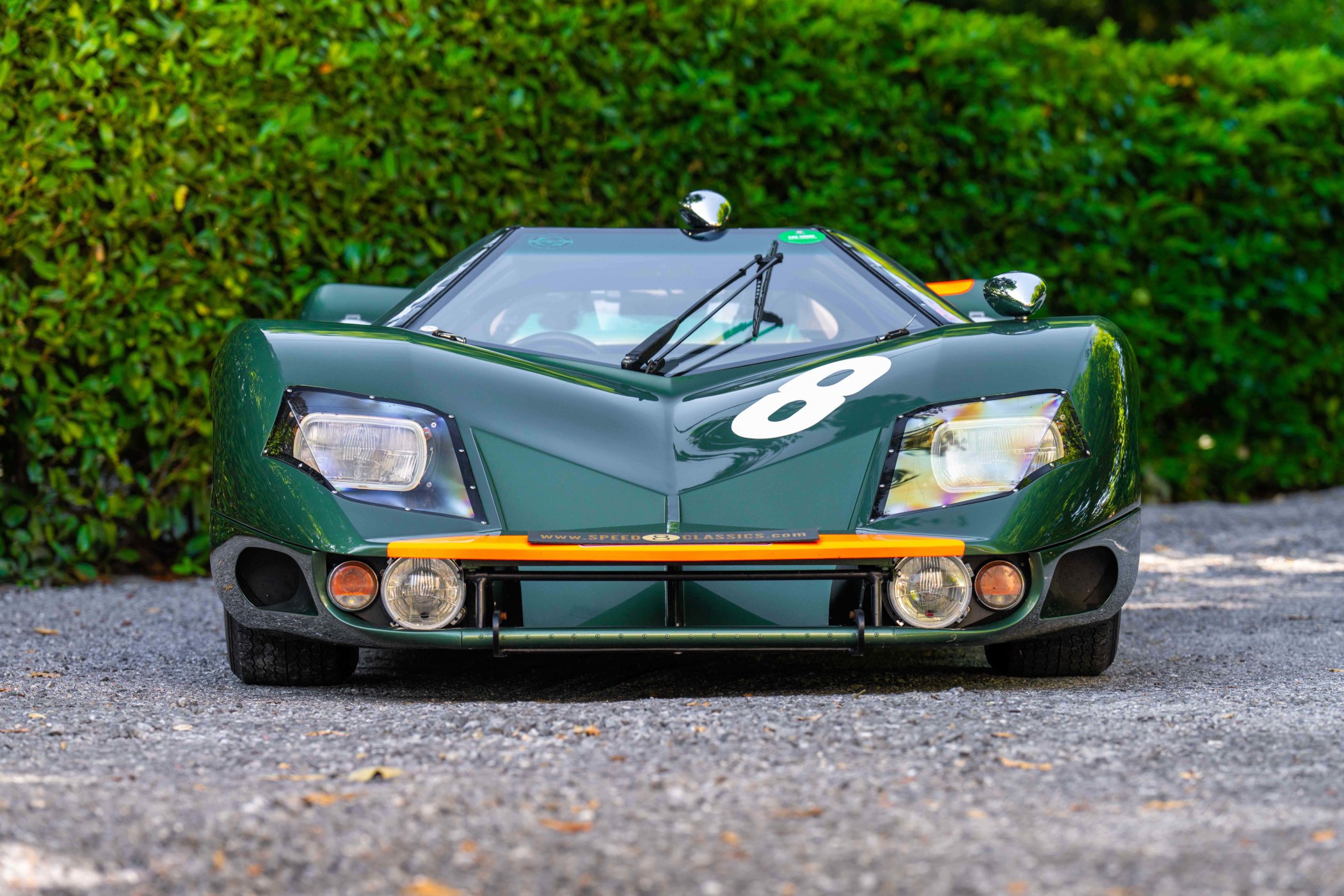

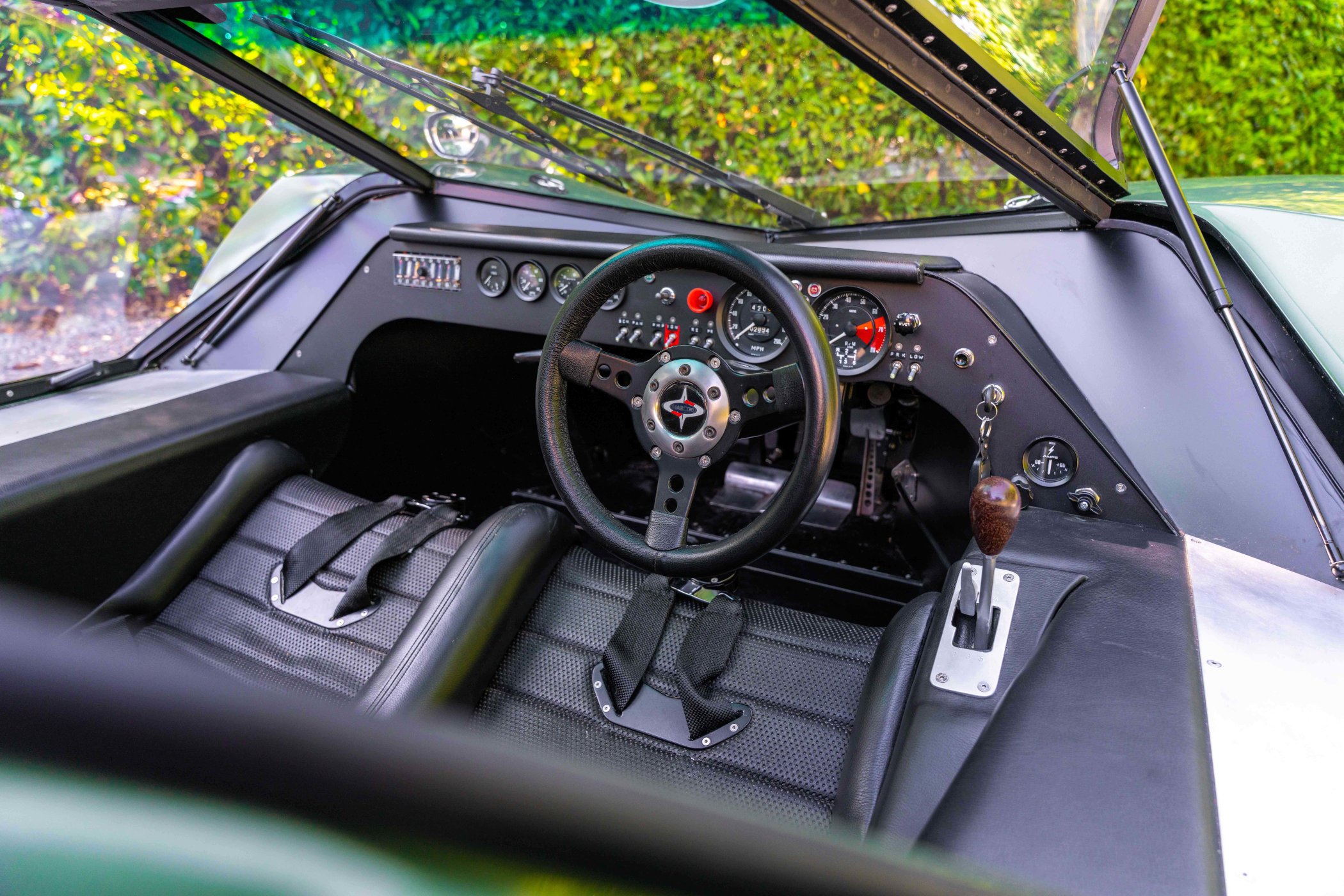
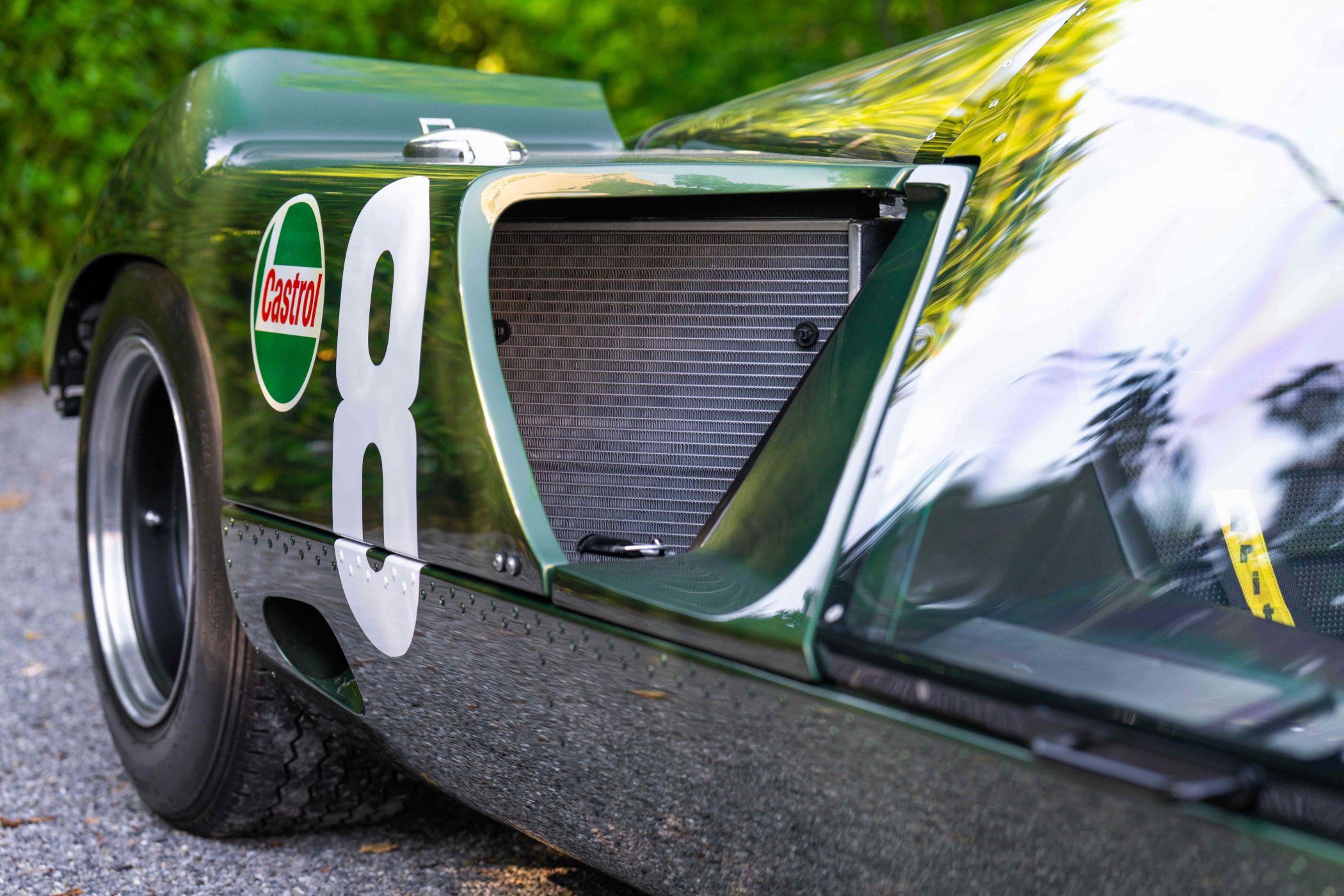
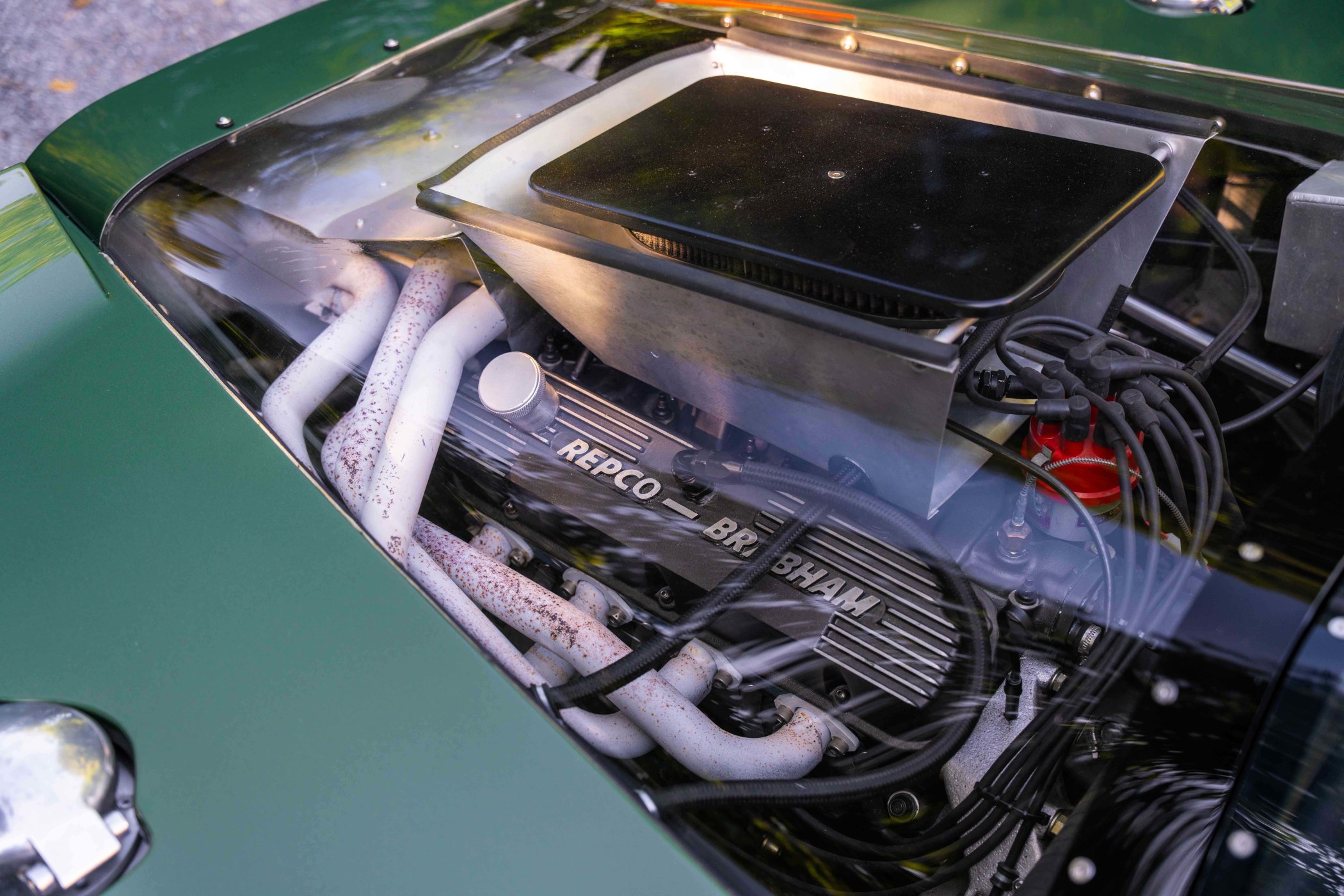
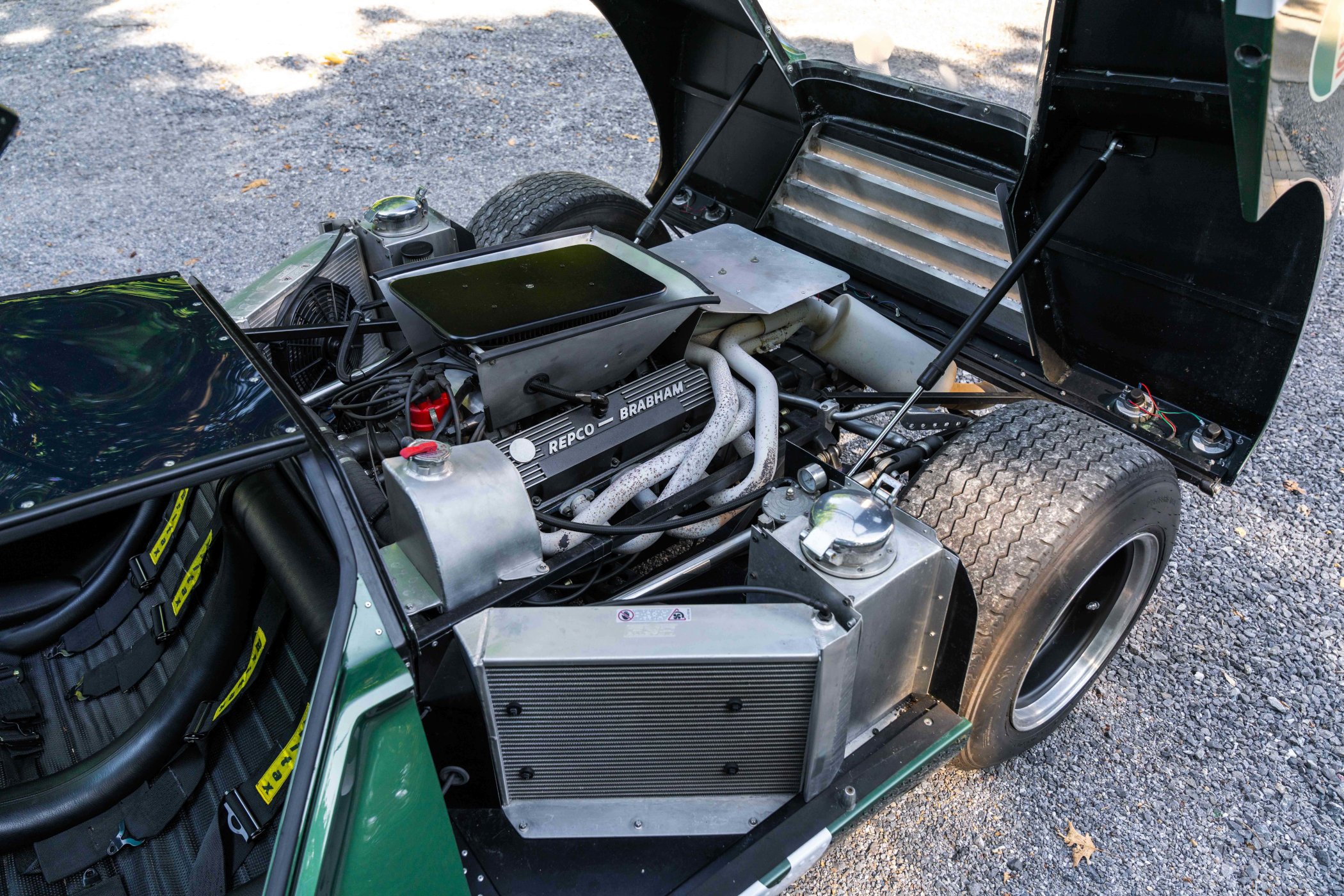
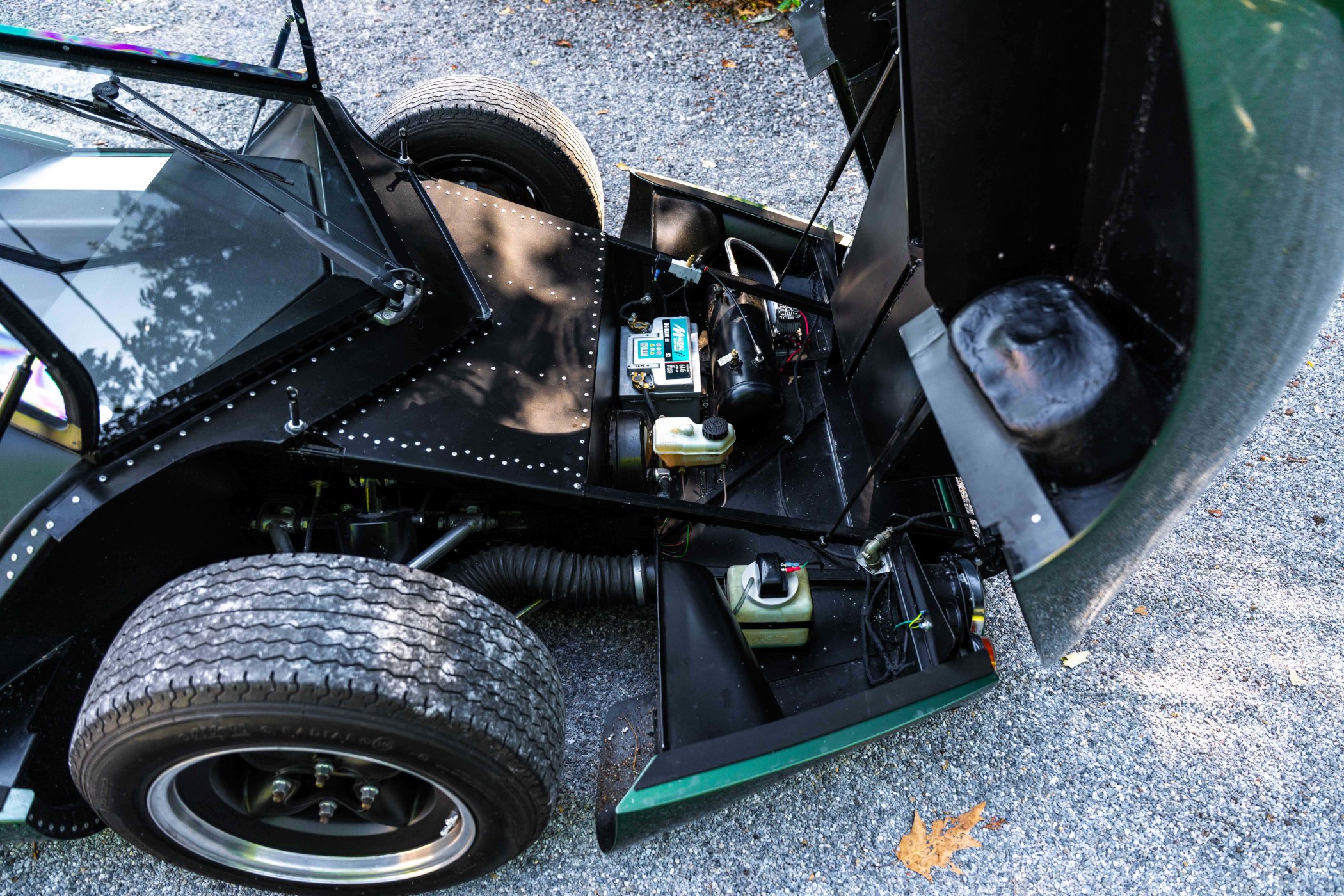
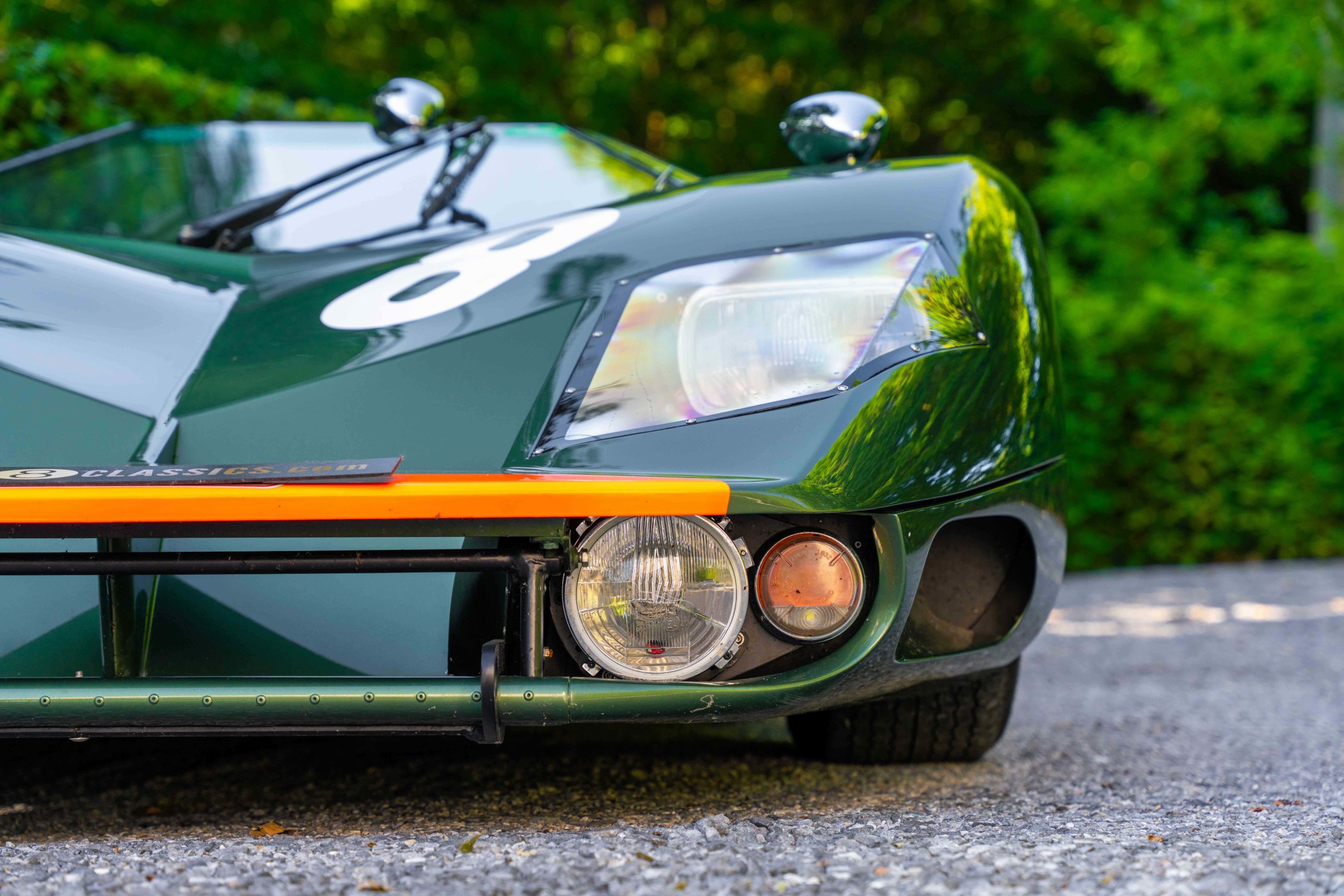
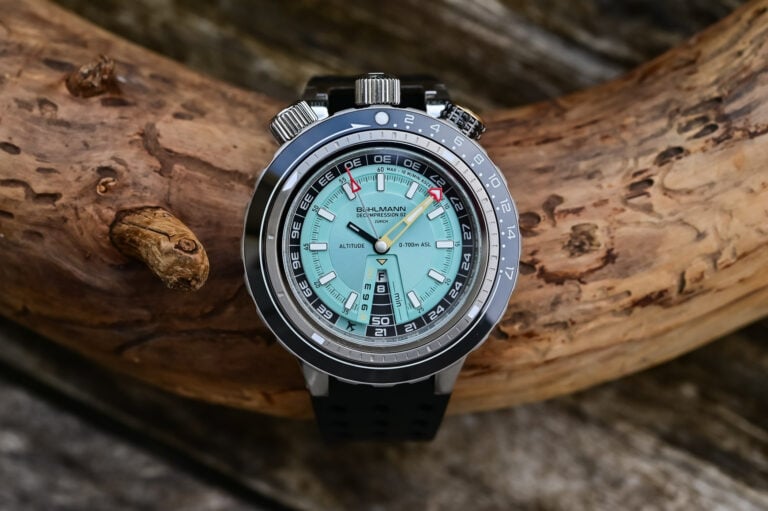


2 responses
One of my favorite designs of all time.
It was sooo far ahead.
It’s beautiful. I can’t help but think that the designers of Aspark Owl cars stumbled upon the same shape and design for the front half of their cars in a similar way to the designers of this one.